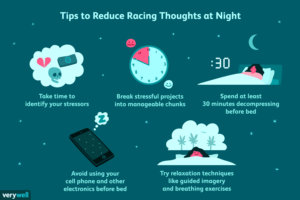Introduction
Seasonal Affective Disorder (SAD) is a type of depression that affects people during the fall and winter months, when there is less natural sunlight. It can cause a range of symptoms, including fatigue, irritability, and difficulty concentrating. In this article, we’ll explore what SAD is, its causes, and strategies for overcoming it.
What is Seasonal Affective Disorder?
Seasonal Affective Disorder (SAD) is a type of depression that occurs during the fall and winter months, when there is less natural sunlight. It can cause a range of symptoms, including:
- Depression or sadness
- Loss of energy or fatigue
- Irritability
- Difficulty concentrating
- Changes in appetite or weight
- Changes in sleep patterns
Causes of Seasonal Affective Disorder
The exact cause of SAD is unknown, but it is believed to be related to the body’s response to light. The reduced sunlight during the fall and winter months can disrupt the body’s internal clock, leading to a range of symptoms associated with depression.
Strategies for Overcoming Seasonal Affective Disorder
While SAD can be challenging to overcome, there are strategies that can help. Here are some tips:
1. Get More Natural Light
Get more natural light by spending time outdoors during daylight hours, or by using light therapy, which involves exposure to bright, artificial light.
2. Exercise Regularly
Regular exercise can help improve mood and reduce symptoms of depression associated with SAD.
3. Practice Self-Care
Practice self-care by engaging in activities that you enjoy, such as reading, listening to music, or spending time with loved ones.
4. Eat a Healthy Diet
Eat a healthy diet that includes plenty of fruits, vegetables, and whole grains, and limit your intake of processed foods and sugars.
5. Consider Therapy
Consider therapy, such as cognitive-behavioral therapy (CBT), which can help you identify negative thought patterns and develop strategies for coping with them.
Conclusion
Seasonal Affective Disorder can be a challenging condition, but there are strategies that can help. By getting more natural light, exercising regularly, practicing self-care, eating a healthy diet, and considering therapy when necessary, you can beat the winter blues and enjoy a happier, healthier winter season.




